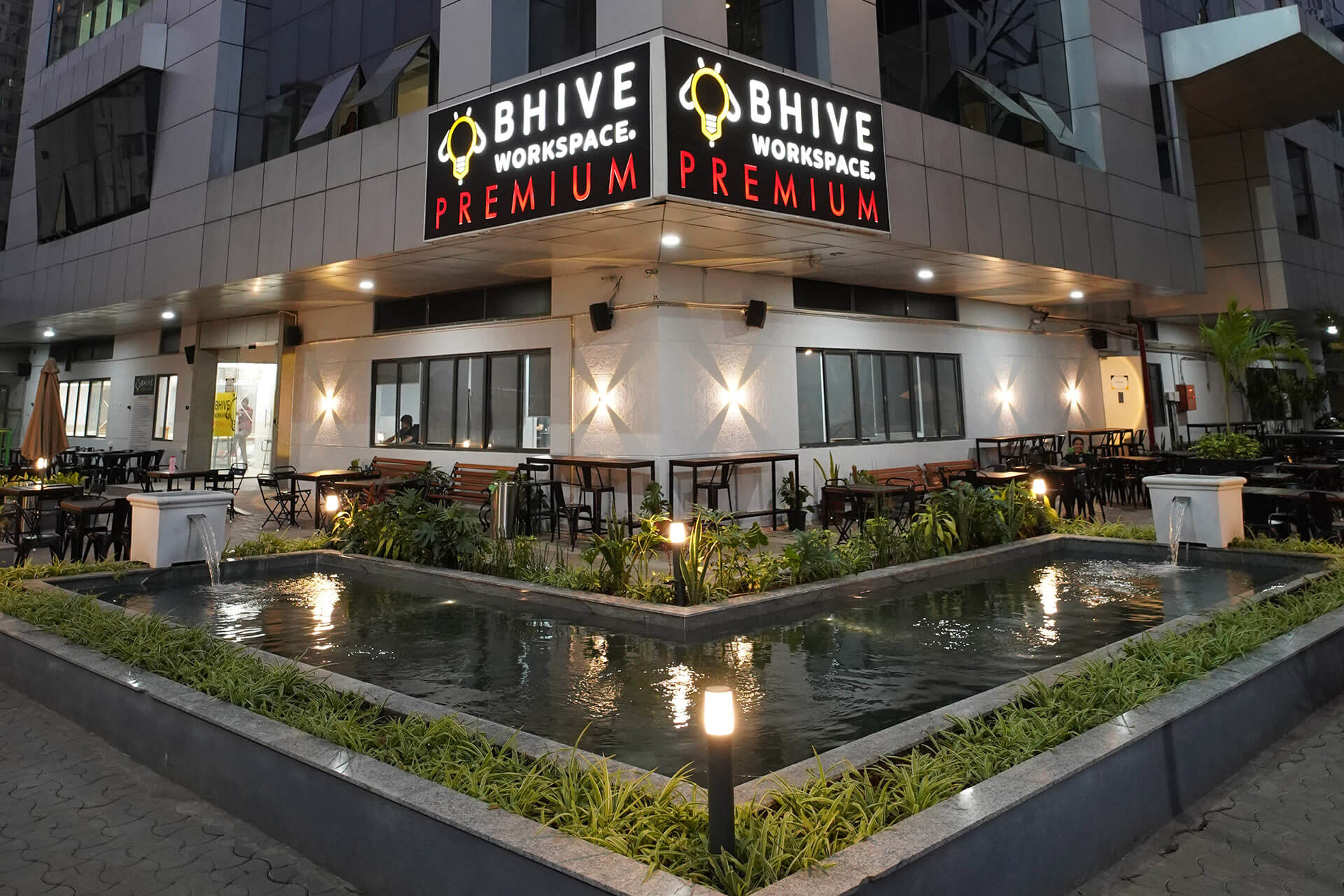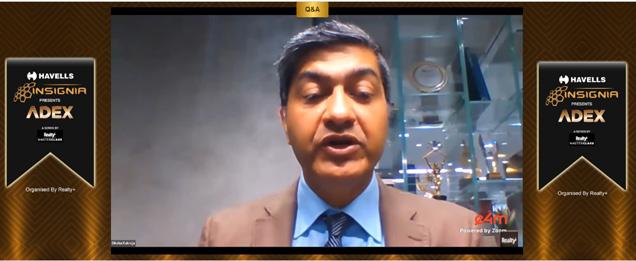E - PAPER
Brinda Somaya Founder & Principal Architect- Somaya & Kalappa Consultants
Over the past 30 years, architect Brinda Somaya has scripted contemporary spaces using traditional design idioms and made conservation her mantra. Whether she's home, in the office, at international conferences or wading through the dust and rubble at a construction site of a slum rehabili
 BY
Realty Plus
BY
Realty Plus
Published - Monday, 15 May, 2017

Over the past 30 years, architect Brinda Somaya has scripted contemporary spaces using traditional design idioms and made conservation her mantra. Whether she's home, in the office, at international conferences or wading through the dust and rubble at a construction site of a slum rehabilitation project or an old fort, Brinda Somaya is always in impeccably starched sari-crisp, cotton, classic.
In an era where grandiloquent structures pierce city skylines, Somaya's work stands out by its silence. The terracotta pavement outside St Thomas Cathedral in South Mumbai, an old people's home in Karnataka, a school for spastic children, a remodelled mill in central Mumbai and corporate and residential buildings across the country are just some projects in over a three- decade career that took a turn when Somaya volunteered to transform an eight-acre refuse dump in Colaba into a vibrant public space in the 1980s. It eventually led her to establish a not-for-profit wing in her firm, Somaya and Kalappa Consultants (named after Somaya and her sister Ranjini Kalappa, also an architect), which focuses on heritage and conservation of cities.
Soon after establishing Somaya and Kalappa, Ranjini relocated to Holland, leaving Somaya to work on her own. It was bold decision to continue as there were few women architects in India in the 1970s and 1980s.Those were the years she found herself sandwiched between children, spouse, parents and a demanding, male-dominated career.
In 2015, Somaya and Kalappa completed the restoration and preservation of the Rajabai Clock Tower and Mumbai University Library building. The makeover was a reverential restoration project. It included sprucing up its Porbunder stone exterior, renovating the University Library, upgrading services lines, strengthening the structure, and repairing damaged parts.
While she sticks to traditional idioms like courtyards, corridors, jaali work, low windowsills, high ceilings, pergolas and cavity walls for exteriors, she also erodes old barriers, building contemporary plots, like her office in South Mumbai’s Fort area.
At the same time, she also dedicated herself to conserving architecture and building structures conducive to environment. People have now started realising that conservation is not restricted to forts and palaces and those cities are equally important. In fact they are much harder to conserve is you have to keep intact what's around. As for the monuments, there are about 10,000 that need restoration. She believes conservation is every architect's responsibility-- she made it hers after her activist mother Cavatina Chinappa told her that if she couldn't find time to contribute to society, she must do it within her profession.
To further that conviction, in 2000, Somaya established Hecar Foundation to celebrate Mumbai's historic tradition. An acronym for Heritage Education Conservation Architecture Restoration, it seeks to educated people about heritage and urban issues. Concurrently, Somaya also realised women architects in India had no contact with each other or their counterparts in south Asia. As architectural firms headed by women were practically non-existent then, she decided to document their impact. Hecar organised a conference of South Asian women architects in Mumbai in 2000 called 'Women in Architecture', followed by a book that illustrated the beliefs of architects who participated.
Quote:
What is important is the relation between the past, now and the future. It takes me to antique shops and collectors in search of old drawings, postcards and anything that might yield an ancient architectural blueprint that can be reinterpreted in a contemporary context. With time, the ideas have changed so has the quality and availability of material. What remains unchanged, are the sensibilities.
RELATED STORY VIEW MORE
TOP STORY VIEW MORE

Mixed Outlook for Australia's Housing Sector In 2024
Mixed Outlook for Australia's Housing Sector In 2024
05 December, 2024NEWS LETTER
Subscribe for our news letter
E - PAPER
-

CURRENT MONTH 
LAST MONTH














